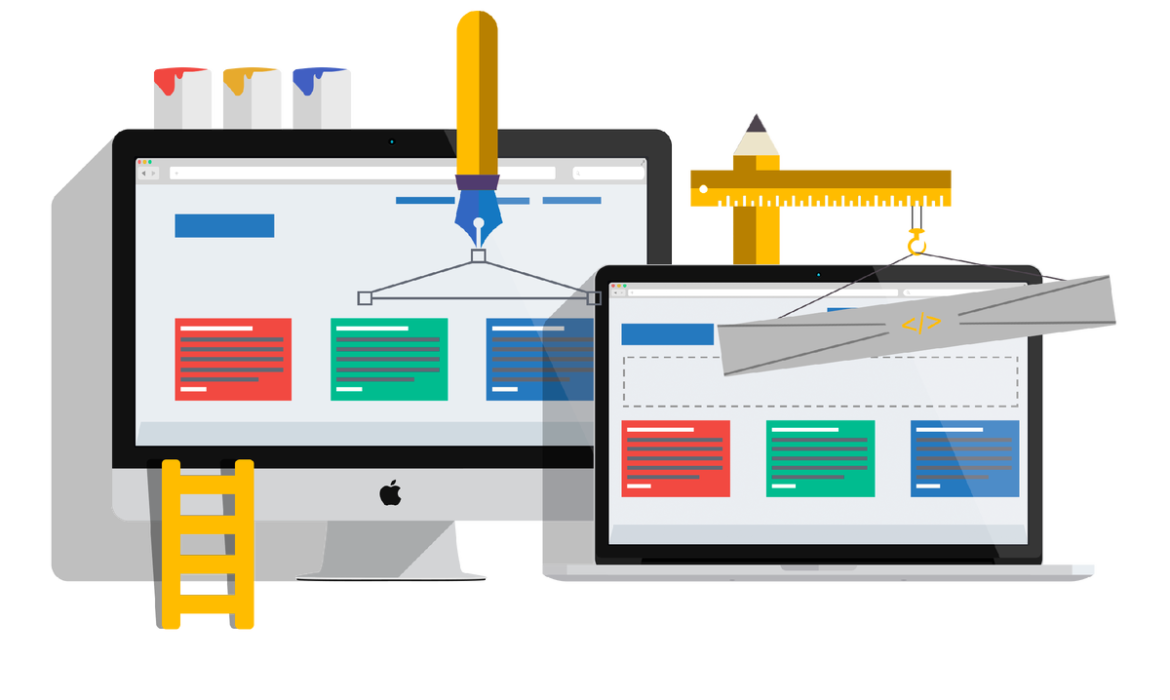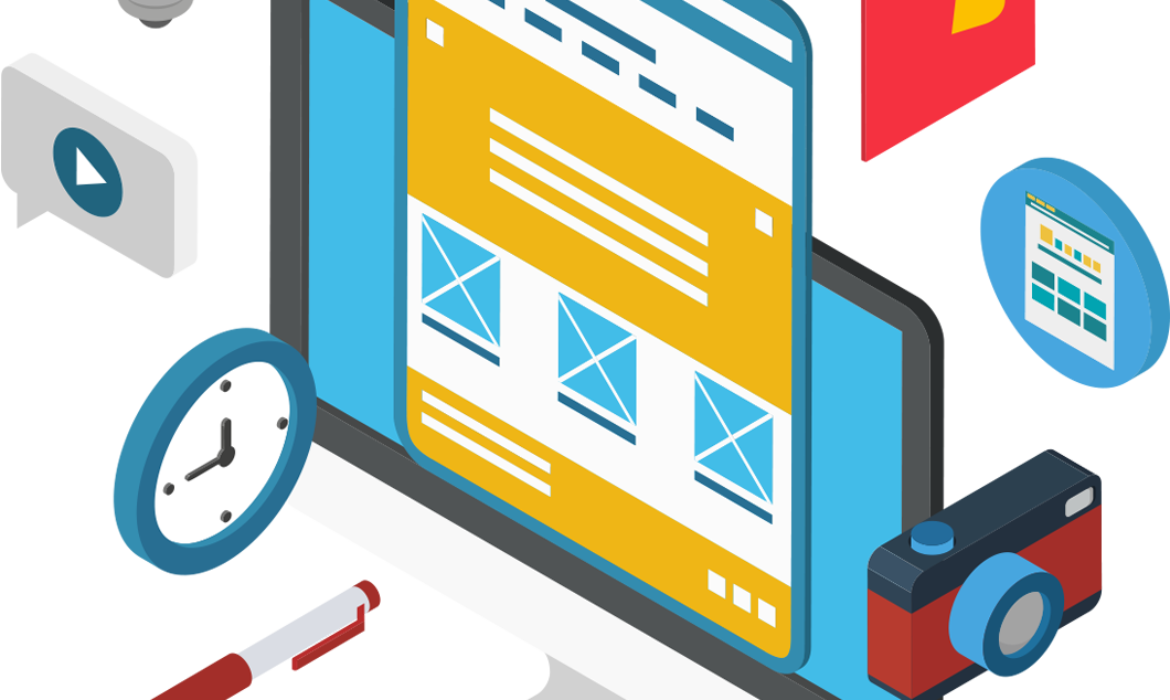Website Design Patterns Effectively: A Comprehensive Guide
Introduction
In the dynamic realm of web development, website design patterns have emerged as invaluable tools for crafting intuitive and user-friendly interfaces. These established solutions to common design challenges provide a structured approach to website development, ensuring consistency, usability, and a seamless user experience.
Understanding the Essence of Website Design Patterns
Website design patterns serve as blueprints for common design elements and interactions, such as navigation menus, search bars, and form fields. By leveraging these patterns, designers can streamline the design process, reduce development time, and maintain consistency across the website.
Key Principles for Effective Website Design Pattern Usage
Identify Common Design Challenges: Begin by identifying recurring design problems that users frequently encounter. These challenges could involve navigation issues, confusing layouts, or unclear form interactions.
Select Appropriate Design Patterns: Once you’ve identified the challenges, seek out established design patterns that address those specific issues. Numerous pattern libraries, such as Pattern Library and Bootstrap, offer a wealth of well-tested patterns to choose from.
Consider Context and Customization: While patterns provide a solid foundation, it’s crucial to adapt them to the specific context of your website. Consider the overall design style, user demographics, and functionality requirements when customizing patterns.
Maintain Consistency and Usability: Ensure that the chosen patterns are applied consistently throughout the website. This consistency creates a sense of familiarity and predictability for users, enhancing their overall experience.
Test and Iterate: Regularly test the website’s usability and gather user feedback. Use this feedback to refine the implementation of design patterns and make necessary adjustments.
Benefits of Utilizing Website Design Patterns
Improved User Experience: Design patterns promote usability and intuitiveness, making it easier for users to navigate and interact with the website.
Enhanced Design Efficiency: Patterns streamline the design process, saving time and effort for designers and developers.
Consistent User Interface: Consistent application of patterns ensures a cohesive and predictable user interface across the website.
Reduced Development Time: By utilizing pre-established patterns, developers can focus on building the website’s functionality rather than reinventing the wheel for every design element.
Maintainability and Scalability: Patterns facilitate easier website maintenance and updates, making it simpler to adapt to changing requirements and scale the website as needed.
Conclusion
Website design patterns are not mere shortcuts; they are powerful tools that, when used effectively, can elevate the user experience and streamline the web development process. By embracing these patterns, designers and developers can create websites that are not only visually appealing but also intuitive, consistent, and user-friendly. Remember, website design patterns are not rigid rules but rather flexible guidelines that should be adapted to the specific needs of each project.
Creating an Engaging and User-Friendly Blog Design: A Comprehensive Guide
Introduction
In today’s content-driven world, blogs have become powerful tools for sharing ideas, connecting with audiences, and establishing thought leadership. However, creating a successful blog goes beyond crafting compelling content; it demands a thoughtful approach to blog design that prioritizes user experience (UX) and visual appeal. An engaging and user-friendly blog design not only enhances the reading experience but also encourages visitors to stay longer, explore more content, and return for future visits.
Key Principles for User-Friendly Blog Design
1. Understand Your Audience:
- Demographics: Identify the age, interests, and online behavior of your target readers.
- Content Preferences: Analyze the types of content they enjoy and how they consume it.
- Devices: Determine the devices they typically use to access blogs.
2. Prioritize Readability:
- Clear and Concise Writing: Use simple language, avoid jargon, and break down complex topics into digestible chunks.
- Easy-to-Read Fonts: Choose fonts that are legible and visually appealing across different screen sizes.
- Optimal Line Spacing: Maintain ample line spacing to avoid visual clutter and enhance readability.
- Consistent Text Color and Background: Use a high contrast ratio between text and background for better readability.
3. Create a Visually Appealing Layout:
- Whitespace: Utilize whitespace effectively to create a clean and uncluttered layout.
- Visual Hierarchy: Employ visual cues like font size, color, and placement to guide readers’ attention.
- Compelling Images: Use high-quality, relevant images to break up text and add visual interest.
- Consistent Branding: Maintain a consistent brand identity throughout the blog, including logo, colors, and typography.
4. Ensure Easy Navigation:
- Clear Menu Structure: Create a simple and intuitive menu that allows users to easily find desired categories and posts.
- Breadcrumbs: Implement breadcrumbs to provide context and help users navigate within the blog.
- Search Functionality: Include a robust search bar to enable users to quickly find specific content.
- Back to Top Button: Add a “back to top” button to allow users to easily return to the top of the page.
5. Optimize for Mobile Devices:
- Responsive Design: Ensure your blog design adapts seamlessly to different screen sizes and devices.
- Mobile-Friendly Fonts: Choose fonts that render well on mobile devices.
- Touch-Friendly Elements: Use larger buttons, clear spacing, and tappable elements for easy navigation on touchscreens.
- Accelerated Mobile Pages (AMP): Consider implementing AMP to improve loading speed on mobile devices.
Additional Tips for an Engaging Blog
- High-Quality Content: Consistently publish valuable, informative, and engaging content that resonates with your audience.
- Regular Posting Schedule: Maintain a consistent posting schedule to keep readers engaged and coming back for more.
- Social Media Promotion: Share your blog posts on social media platforms to expand your reach and attract new readers.
- Author Bios and Guest Posts: Introduce your blog authors and feature guest posts to add variety and credibility.
- Comment Moderation: Encourage reader interaction by moderating comments and responding to feedback.
Conclusion
By following these essential principles and incorporating these additional tips, you can create an engaging and user-friendly blog that not only attracts readers but also fosters a loyal following and drives meaningful engagement. Remember, a successful blog design is an ongoing process that requires continuous refinement and adaptation to evolving user preferences and design trends.
Would you like to add a call to action to this blog post?
Call to Action:
Ready to transform your blog into an engaging and user-friendly online hub?
Our team of experienced designers and content strategists can help you create a blog that captivates your audience, enhances your brand reputation, and drives results. Contact us today for a free consultation!
Creating a User-Friendly Website: Essential Tips and Best Practices
Introduction
In today’s digital landscape, a user-friendly website is no longer a luxury but a necessity. A website that prioritizes user experience (UX) not only enhances visitor satisfaction but also drives business growth and brand loyalty. By following these essential tips and best practices, you can create a website that is intuitive, accessible, and engaging for all users.
Understanding User-Friendly Design
What is a user-friendly website?
A user-friendly website is one that is easy to navigate, understand, and use, regardless of the user’s technical expertise or experience level. It prioritizes user needs and goals, making it effortless for visitors to find the information they seek and complete desired actions.
Key characteristics of a user-friendly website:
- Intuitive navigation: Clear and consistent menu structure, easy-to-find links, breadcrumbs for context.
- Clear and concise content: Well-structured text, appropriate headings, bullet points, and visuals.
- Accessibility: Adherence to accessibility guidelines, consideration for users with disabilities.
- Responsive design: Adapts seamlessly to different screen sizes and devices.
- Fast loading times: Optimized for quick page loading and a smooth user experience.
- Clear calls to action: Prominent buttons or links that guide users towards desired actions.
- Error prevention and feedback: Clear error messages and helpful guidance when users encounter issues.
Essential Tips for Creating a User-Friendly Website
Know your audience: Understand their demographics, preferences, and online behavior to tailor your design accordingly.
Define your goals: Determine what you want users to achieve on your website (e.g., making a purchase, signing up for a newsletter).
Prioritize simplicity: Avoid clutter and complexity, focus on essential elements and clear navigation.
Use consistent design elements: Maintain a cohesive visual style across all pages.
Employ clear and concise language: Avoid jargon and technical terms, use easy-to-understand language.
Optimize for accessibility: Follow WCAG guidelines to make your website accessible to all users.
Test thoroughly: Conduct user testing and gather feedback to identify areas for improvement.
Continuously refine: Regularly review and update your website based on user feedback and analytics data.
Additional Best Practices for Enhancing User Experience
Incorporate visual hierarchy: Use typography, color, and spacing to guide users’ attention.
Provide clear search functionality: Implement a robust search bar to help users find specific information quickly.
Utilize white space effectively: Avoid overcrowding and create a sense of balance and visual breathing room.
Optimize images for faster loading: Compress images without sacrificing quality.
Ensure consistent branding: Maintain brand identity across all design elements.
Conclusion
By implementing these essential tips and best practices, you can create a user-friendly website that not only enhances user satisfaction but also drives business success. Remember, a user-centered approach is crucial for crafting a website that truly resonates with your audience and achieves your business objectives.
Would you like to add a call to action to this blog post?
Call to Action:
Ready to create a user-friendly website that delights your visitors and drives results?
- Start by understanding your target audience and their needs.
- Define clear goals for your website and how you want users to interact with it.
- Prioritize simplicity, clarity, and accessibility in your design.
- Test your website thoroughly and gather feedback from real users.
- Continuously refine and improve your website based on data and user insights.
By following these steps, you can create a user-friendly website that becomes an invaluable asset for your business.
Need a professional website setup? Contact us now.








